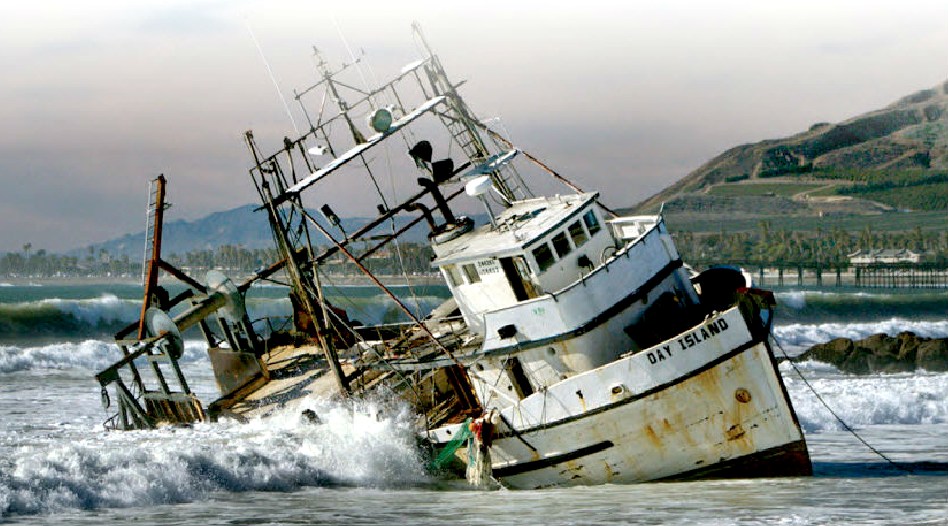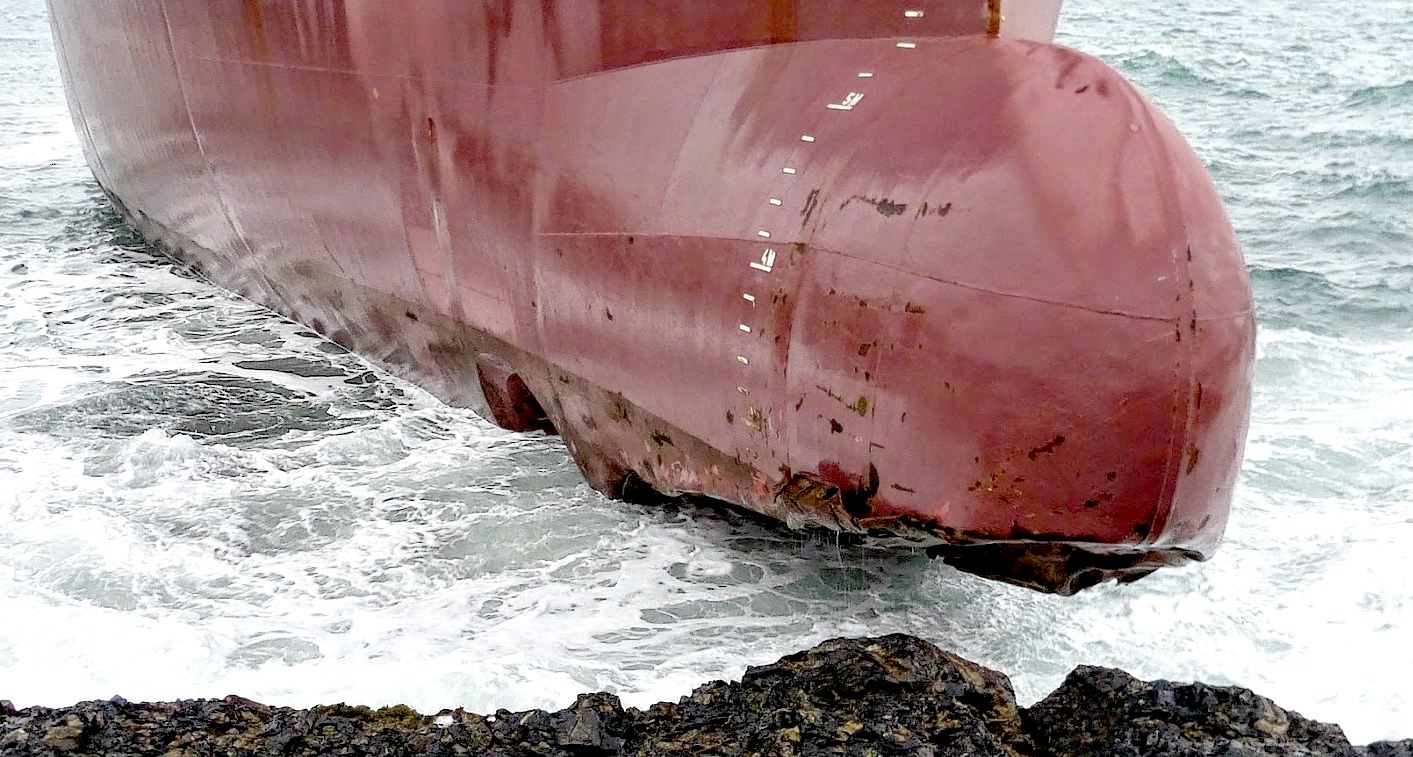|
ANNEX III - SIGNALS, SOUNDS TECHNICAL
Please use our A-Z INDEX to navigate this site or return HOME
|
|
COLREGS - The Rules are divided into five parts A-E - General Rules (A), Steering and Sailing (B), Lights and Shapes (C), Sound and Light (D) and Exemptions (E).
ANNEX
III - Technical details of sound signal appliances
(a) Frequencies and range of audibility
The fundamental frequency of the signal shall lie within the range 70 - 700 Hz. The range of audibility of the signal from a whistle shall be determined by those frequencies, which may include the fundamental and/or one or more higher frequencies, which lie within the range 180 - 700 Hz (+/-1%) for a vessel of 20 metres or more in length, or 180-2100Hz (+/-1%) for a vessel of less than 20 metres in length and which provide the sound pressure levels specified in paragraph l(c) below.
(b) Limits of fundamental frequencies
To ensure a wide variety of whistle characteristics, the fundamental frequency of a whistle shall be between the following limits:
(i) 70 - 200 Hz, for a vessel 200 metres or more in length;
The range of audibility in the table above is for information and is approximately the range at which a whistle may be heard on its forward axis with 90 per cent probability in conditions of still air on board a vessel having average background noise level at the listening posts (taken to be 68 dB in the octave band centered on 250 Hz and 63 dB in the octave band centered on 500Hz.
In practice the range at which a whistle may be heard is extremely variable and depends critically on weather conditions; the values given can be regarded as typical but under conditions of strong wind or high ambient noise level at the listening post the range may be much reduced.
d) Directional Properties
The sound pressure level of a directional whistle shall be not more than 4 dB below the prescribed sound pressure level on the axis at any direction in the horizontal plane within ±45 degrees of the axis. The sound pressure level at any other direction in the horizontal plane shall be not more than 10 dB below the prescribed sound pressure level on the axis, so that the range in any direction will be at least half the range on the forward axis. The sound pressure level shall be measured in that 1/3rd-octave band which determines the audibility range.
Length of vessel in metres 1/3rd -octave band level at Audibility range in 1 metre in dB referred to nautical miles
* When the measured frequencies lie within the range 180-450Hz
(e) Positioning of whistles
When a directional whistle is to be used as the only whistle on a vessel, it shall be installed with its maximum intensity directed straight ahead. A whistle shall be placed as high as practicable on a vessel, in order to reduce interception of the emitted sound by obstructions and also to minimize hearing damage risk to personnel. The sound pressure level of the vessel’s own signal at listening posts shall not exceed 110 dB (A) and so far as practicable should not exceed 100 dB (A).
(f) Fitting of more than one whistle
If whistles are fitted at a distance apart of more than 100 metres, it shall be so arranged that they are not sounded simultaneously.
(g) Combined whistle systems
If due to the presence of obstructions the sound field of a single whistle or one of the whistles referred to in paragraph l(f) above is likely to have a zone of greatly reduced signal level, it is recommended that a combined whistle system be fitted so as to overcome this reduction.
For the purposes of the Rules a
combined whistle system is to be regarded as a single whistle. The whistles of a combined system shall be
located at a distance apart of not more than 100 metres and arranged to be sounded
simultaneously. The frequency of any one whistle shall differ from those of the others
by at least 10 Hz.
A bell or gong, or other device having similar sound characteristics shall produce a sound pressure level of not less than 110 dB at a distance of 1 metre from it.
(b) Construction
Bells and gongs shall be made of corrosion-resistant material and designed to give a clear tone. The diameter of the mouth of the bell shall be not less than 300 mm for vessels of 20 metres or more in length. Where practicable, a power-driven bell striker is recommended to ensure constant force but manual operation shall be possible. The mass of the striker shall be not less than 3 per cent of the mass of the bell.
3. Approval
The construction of sound signal appliances, their performance and their installation on board the vessel shall be to the satisfaction of the appropriate authority of the State whose flag the vessel is entitled to fly.
Part A - General (Rules 1-3) & Part B- Steering and Sailing Section 1 - Conduct of vessels in any condition of visibility (Rules 4-10)
Rule 1 states that the rules apply to all vessels
on the high seas and connected waters.
Rule 7
risk assumptions shall not be made on scanty (radar) information.
Part C - LIGHTS & SHAPES (Rules 20-31)
Part D - SOUND AND LIGHT SIGNALS - DEFINITIONS (Rules 32-37)
Part E - EXEMPTIONS - Rule 38
Part F - Convention compliance verification provisions Rules 39 - 41
Annex I - Positioning and technical details of lights and shapes
Annex II - Additional signals for fishing vessels fishing in close proximity
International Maritime Organization (IMO) 4 Albert Embankment, London SE1 7SR United Kingdom
LINKS & REFERENCE
http://www.solarnavigator.net/boats/collision_at_sea_regulations_colregs.htm http://www.solarnavigator.net/boats/collision_at_sea_regulations_colregs.htm https://www.bluebird-electric.net/COLREGS_International_Regulations_for_Preventing_Collisions_at_Sea_1972.htm
|
|
|
Please use our A-Z INDEX to navigate this site
This website is Copyright © 2020 Jameson Hunter Ltd
|




